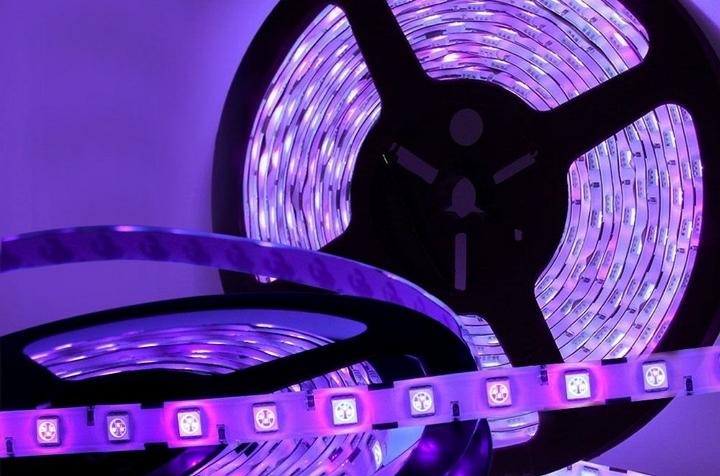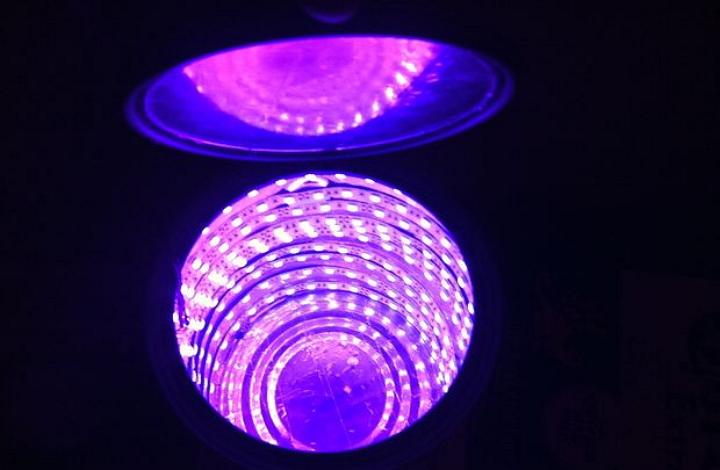 Marshall Peck of ProtoBuilds has immersed himself in the practice of 3D printing technology from modeling to building an SLA printer for just $500.
Marshall Peck of ProtoBuilds has immersed himself in the practice of 3D printing technology from modeling to building an SLA printer for just $500.
Along with his work as an information technologist, Peck operates a 3D printing, design, and hub service bureau out of Austin, TX.
As part of his work with SLA resin 3D printers, Peck says he’s found that the finished models created with the process usually need some level of post-curing under UV light, both to strengthen the models and to cure excess resin which failed to properly wash away.
With that in mind, Peck says he’s tried several methods to post-cure the parts after printing, and he while he found some of those techniques described on the MadeSolid blog, not all those suggestions provided the sort of solution he was after.
MadeSolid, the maker of a comprehensive line of resins and filaments, says a print is essentially ‘gooey’ once it’s completed, and that sticky textural feel is due to the fact that the outer surface of a resin-printed object isn’t fully cured. They say it’s the presence of oxygen surrounding the piece which stops the curing of the outer layer. But by placing the print in water and exposing it to UV light, the amount of oxygen diffusing into the uncured resin can be limited to allow a full cure as the water acts as an oxygen barrier.
While that common post-cure method–submerging parts in water and drying them in the sun–does work, Peck says he found that doing the cure using that process resulted in an uneven result and that the fast cure caused cracking in the models and was difficult to control.
To solve the problem, Peck came up with a quick, and relatively simple, way to take care of curing his models–and it only cost him between $40 and $50.
He used a strip of UV LED lights wrapped around the inner surface of a standard paint can to build an ‘oven’ capable of using the correct spectrum and intensity of UV light to cure his printed objects quickly and, perhaps most importantly for an excellent finish, evenly.
To make his UV curing oven, Peck took a strip of ultraviolet LEDs, a matching power supply, a bit of soldering and some light-duty wiring tools, a common one-gallon paint can, and a strip of foil tape. Peck used the foil tape to make a small tray by wrapping it around a piece of cardboard.
You can read a fully-detailed list of the steps involved on the Instructable Peck wrote about the oven, or check out other projects on his blog. Can you see yourself building this simple, cheap, and effective SLA printing UV oven? Let us know in the SLA UV Curing Oven forum thread on 3DPB.com.
Subscribe to Our Email Newsletter
Stay up-to-date on all the latest news from the 3D printing industry and receive information and offers from third party vendors.
You May Also Like
NSF Awards Kentucky $1M for Advanced Manufacturing
The National Science Foundation has awarded a $1 million grant to the University of Louisville for the Advancing Manufacturing and Building Construction Technologies (NSF AMT) project. This initiative is part...
3D Printing News Briefs, May 11, 2024: 3D Printed Stent, Tower, Sculptures, & More
We’re starting off with medical research in today’s 3D Printing News Briefs, as researchers in Korea used CT images and 3D printing to fabricate an educational simulator for a mastoidectomy....
3D Printing Unpeeled: Wind Turbines, Probiotics and Lenses
TPI Composites, ORNL and Ingersoll Rand are working to make wind turbine tooling segments that can be 18.3 meters long. These elements also include resistive wires that help keep the...
Tethon 3D Releases Cost-effective Bioprinter
Tethon 3D, known for its ceramic-loaded DLP materials, custom resins, and DLP 3D printers, has recently released a bioprinter. Vat polymerization printers like DLP systems have been widely used by...
































